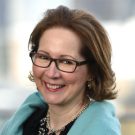‘I was rather excited, not remotely daunted... With hindsight, I should have been': The 25-year creation of the gardens of Glenarm Castle
Pay a visit to the gardens at Glenarm Castle in Co Antrim — home of Randal and Aurora McDonnell — is hard to credit that nearly all of the present garden was made this century, marvels Kathryn Bradley-Hole. Photographs by Clive Nichols.
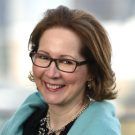

Glenarm Castle sits in an enviable location at the western end of its attractive village, surrounded by an elegant park. The salmon- and trout-rich Glenarm River and adjacent forest margin the park to the south, but a very short walk northwards from the castle brings you to a crescent bay and the rugged Antrim seashore. From here, you can see Scotland on a clear day, notably the Mull of Kintyre, not far away.
A big draw at Glenarm, especially in summer, is its four-acre, trapezoid walled garden, built in the 1820s to shelter all the fruit and vegetable produce then required by the castle. Today, it is primarily ornamental, but productivity has been reinstated, via a small and very charming potager just over the wall, beside the old gardeners’ bothy and mushroom house.
Within the walled garden, you cannot help admiring the magnificent trees that surround it (including fine conifers, sycamores and oaks). When the sun drops lower, you can particularly appreciate the garden’s strong bones, the contrasting textures and colours of its yew and beech hedging and the intriguing effects of golden light and green shadow. In this ancient place, it might come as a surprise to discover that nearly all of the present garden was made in the 21st century.
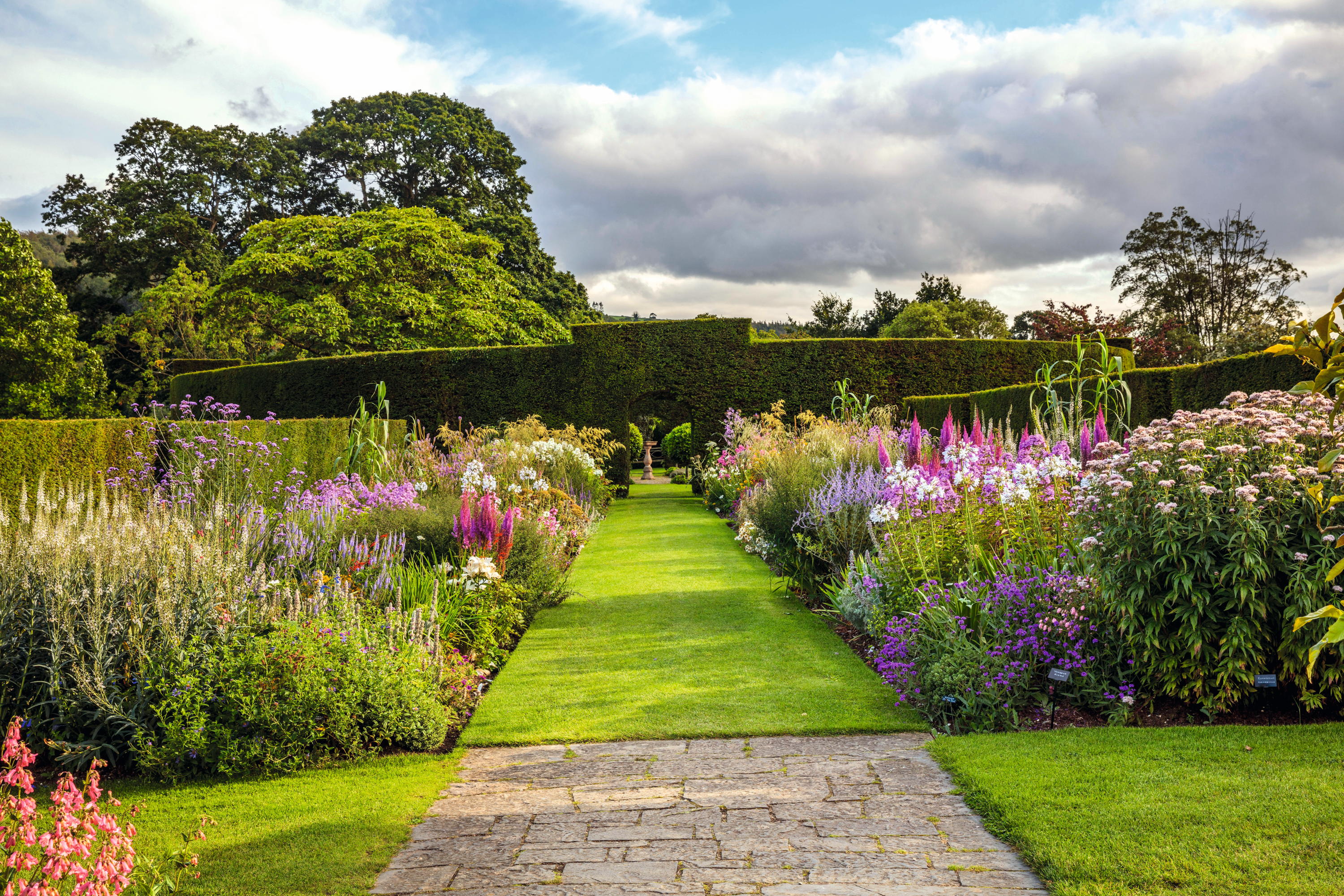
Phlox, perovskia, astilbes, veronicastrum and much else invigorate the new summer borders, lead-ing to the 19th-century yew roundel and circular herb garden.
Randal McDonnell, the present (15th) Earl of Antrim, took over the Glenarm estate from his father in 1992, when he was only 25 years old. He recalls taking on somewhere that would need a lot of time, work and investment to turn it around and earn its keep.
‘I was rather excited, actually. I wasn’t remotely daunted, although, with hindsight, I should have been,’ he says. ‘It was really just a farming enterprise. The walled garden had been let go completely; there were sheep in it and I was advised to turn it into a tree nursery.’ Unsurprisingly, cash-crop Christmas trees or rows of saplings had no appeal, but he felt the garden had other possibilities in the longer term.
Neil Porteous of Glenarm Castle on what to plant for summer
Arundo donax
Also known as Spanish cane or elephant grass. Of borderline hardiness. Potentially very tall and imposing with grassy character. Grows to 10ft-plus.
Monarda ‘Gardenview Scarlet’
A bright-red bergamot beloved of pollinators. ‘It doesn’t get mildew as others do.’ 3ft.
Phygelius x rectus ‘Salmon Leap’
The Cape fuchsia, with long-lasting spires of tubular, salmon-coloured flowers. 2ft.
Thalictrum delavayi
Sprays of delicate, pastel-mauve flowers on wiry stems. ‘Simply beautiful, we will get some more of it.’ 6ft 6in.
Veronica gentianoides ‘Tissington White’
Spires of pure-white flowers delicately pencilled with mauve. 18in.
Veronicastrum virginicum ‘Fascination’
Long-flowering spikes of pale-mauve flowers loved by bees. ‘We also grow the darker ‘Cupid’ and ‘Pink Glow’ — they’re all good’. 5ft 6in.
Since the early years of the new millennium, Lord and Lady Antrim have together been developing the gardens, beginning with the lower, eastern end and the south-facing wall with its very long range of beautifully restored Victorian glasshouses. Various talented people have injected their expertise over the years. Early on, the Antrims brought in Nigel Marshall, a retired head gardener from the renowned Mount Stewart gardens, also close to Ireland’s north-east coast. ‘He was a wonderful plantsman — he planted up the borders, including the one we call our hot border, which reaches its crescendo of colour in high summer,’ says Lady Antrim.
The Irish garden designer Catherine Fitz-Gerald was commissioned in 2006 to create a coherent plan for the upper half of the garden, taking in an existing circle of beech hedging and a short stretch of crinkle-crankle curved hedges, planted by Lord Antrim’s grandfather in the 1960s. Mindful of a request for low-maintenance options, but wanting to retain the spirit of the place, her interesting solution was to divide the area into six hedge-enclosed areas, most of which suggest fruit orchards. Thus, one compartment is devoted to pears (both free-standing and espaliered). Others are for free-standing apple trees, crab apples, cherries and medlars. The cherry on the cake, as it were, occupies the top of the garden, where a grassy mount is ascended via a spiral path. Its summit gives marvellous bird’s-eye views, so that you see how everything fits together, within the greater landscape.
Exquisite houses, the beauty of Nature, and how to get the most from your life, straight to your inbox.
The Antrims’ most recent adviser is gardens consultant Neil Porteous (coincidentally, also formerly at Mount Stewart). A well-travelled plantsman with a liking for exotic species, Mr Porteous has been steering new initiatives and refreshing the borders for the past four years. ‘Neil is pushing us into exotic areas, which is very exciting,’ confirms Lord Antrim. ‘We’ve got a banana border and I think a few more flourishes might be a good idea.’
To this end, the restored glasshouses are very much a working area for raising seeds and cuttings of various exotic species. Some are tender, others of borderline hardiness and most will try a turn outdoors, to test their garden-worthiness. Mr Porteous points out many species he is nurturing, such as the cherry-red Mexican bush mallow, Phymosia umbellata, and fast-growing Salvia gesneriiflora, from the Mexican mountains. The latter grows to about 10ft and, unusually for a salvia, produces its scarlet blooms from late winter into spring.
Floral activity outdoors is chiefly confined to deep borders hugging the garden walls, each having its own character. Among them, the hot border, facing south, is warmed by orange tiger lilies Lilium lancifolium, golden rudbeckias, Crocosmia masoniorum ‘Dixter Flame’, crimson penstemons and scarlet Monarda didyma, amid contrasting grasses, and tall Eutrochium maculatum Atropurpureum Group, a magnet for butterflies.
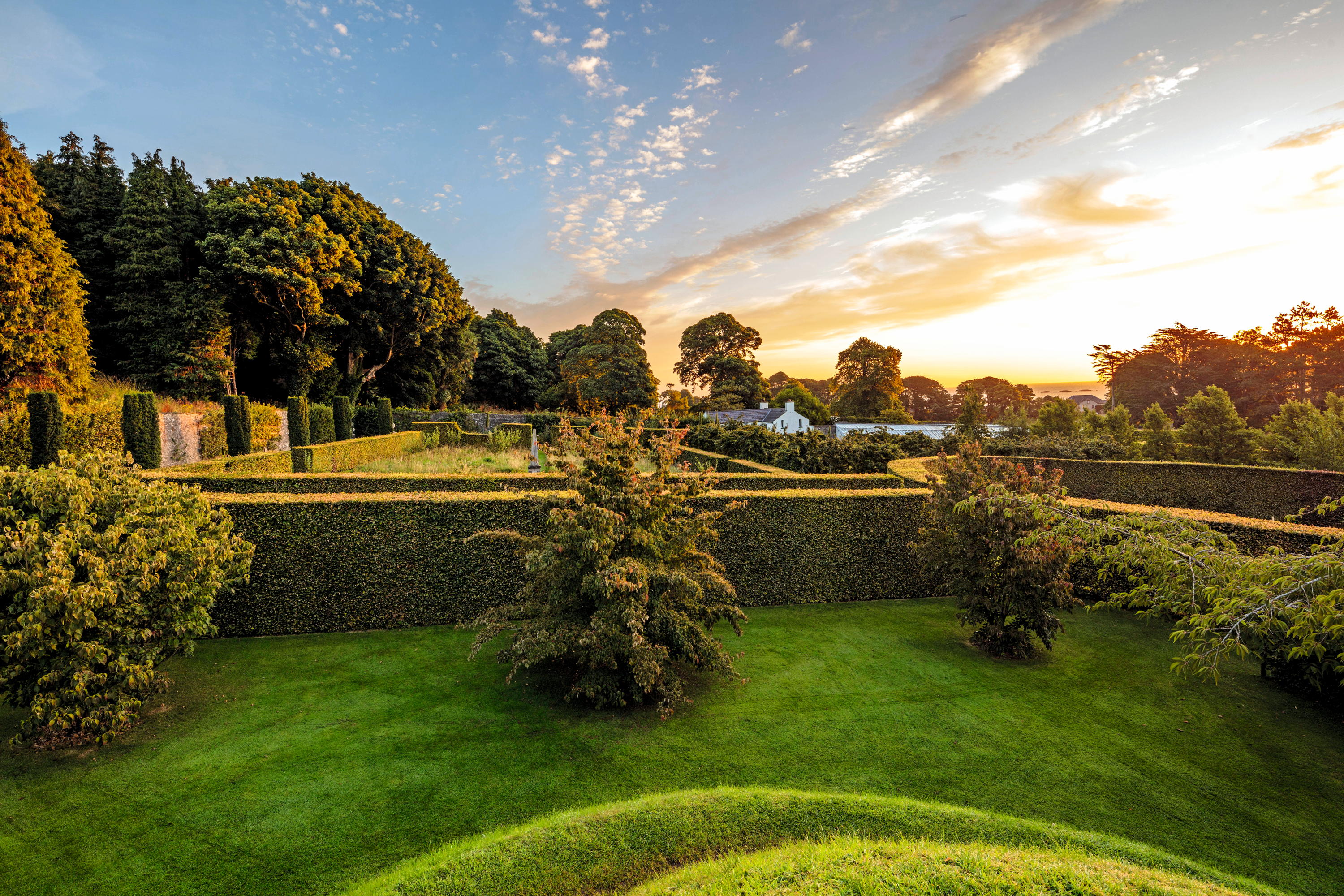
Magnificent trees surround the walled garden and Catherine FitzGerald’s hedged enclosures.
The east wall marks the lowest part of the sloping garden with its interesting mix of shrubs, perennials and wall climbers. Foliage is a large part of the effect here, from tree peonies, dark-bronze Cotinus coggygria, a copper-coloured acer and tall grasses, illuminated by the pale-violet flowers of Hydrangea aspera. Tucked in among them is a beautiful mother-and-child sculpture carved long ago by Lord Antrim’s grandmother, when she was a teenage art student.
Summer’s pièce de résistance, however, is a classic double herbaceous border cutting across the middle of the garden, accessed by a broad, turf path. Replanted three years ago in shades of mauve, pink and white, it sits very comfortably in the soft, Irish light, with pink astilbes and phlox, airy, mauve Verbena bonariensis and Thalictrum delavayi. Highlights erupt with white lilies, agapanthus, white phlox and silvery spires of perovskia. It leads to a small herb garden within a great circle of yew, the latter being a lone survivor from the heyday of the Victorian garden.
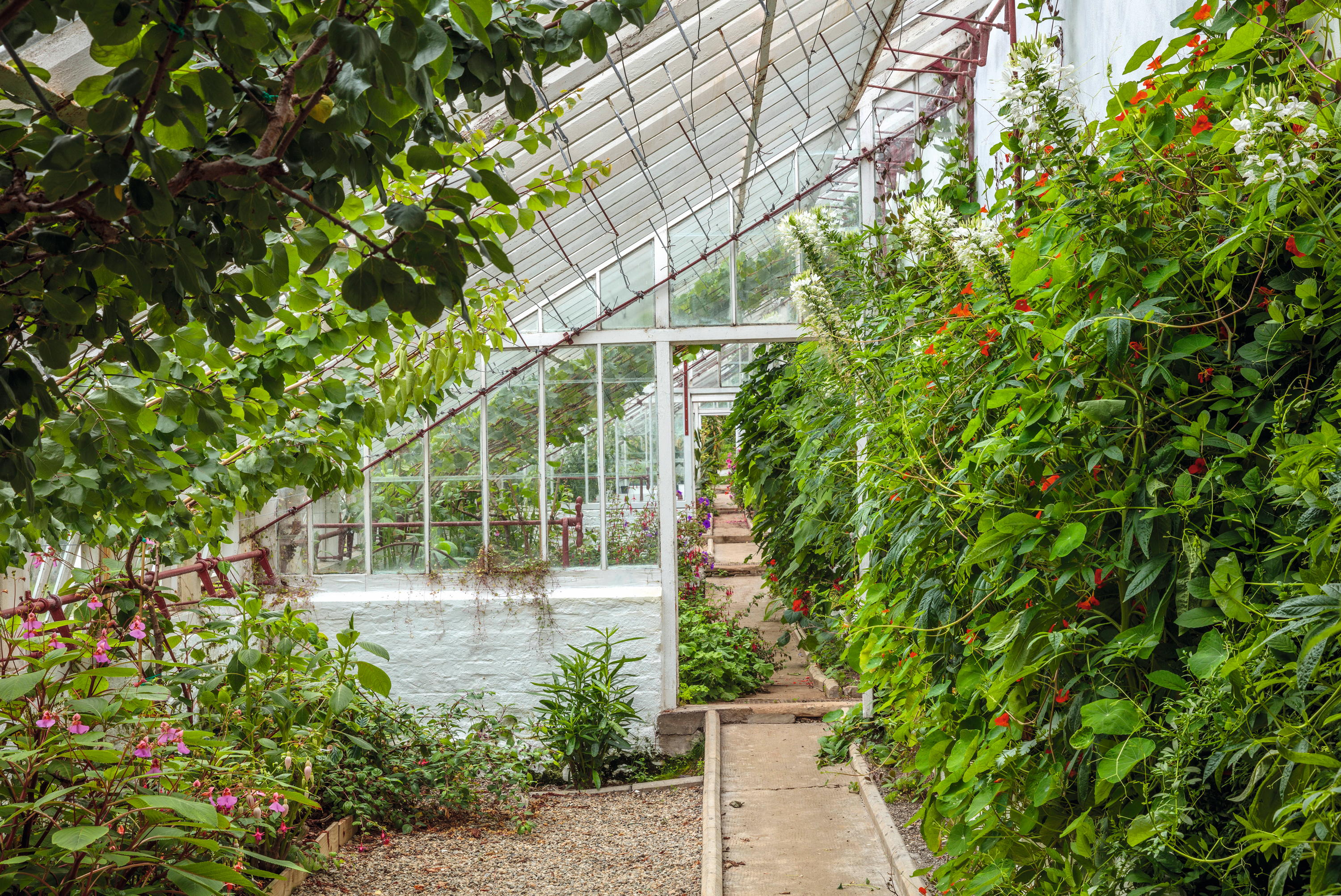
The restored Victorian glasshouse is Neil Porteous’s interesting laboratory, where he trials new and exotic plants, extend-ing the garden’s botanical repertoire.
Lord Antrim explains that renovating the garden became the foundation for other, unexpected things: ‘Apart from it being a source of great enjoyment for us and, we hope, our visitors, it has enabled us to create a sort of hook to hang other things on that we might not otherwise have done. Food and beverage, a retail shop and other activities. Beef shorthorn is one of the things where we have created a very strong reputation, as well as an organic-salmon business in Glenarm Bay, the acceptable face of salmon aquaculture.’
Indeed. Here is a perfect example of the acorn that has become a mighty and life-enhancing oak.
Visit www.glenarmcastle.com to find out more about visiting; and read Non Morris’s 2017 piece looking in detail at the walled garden at Glenarm Castle.
This feature originally appeared in the print edition of Country Life — here's how you can subscribe to Country Life magazine.
